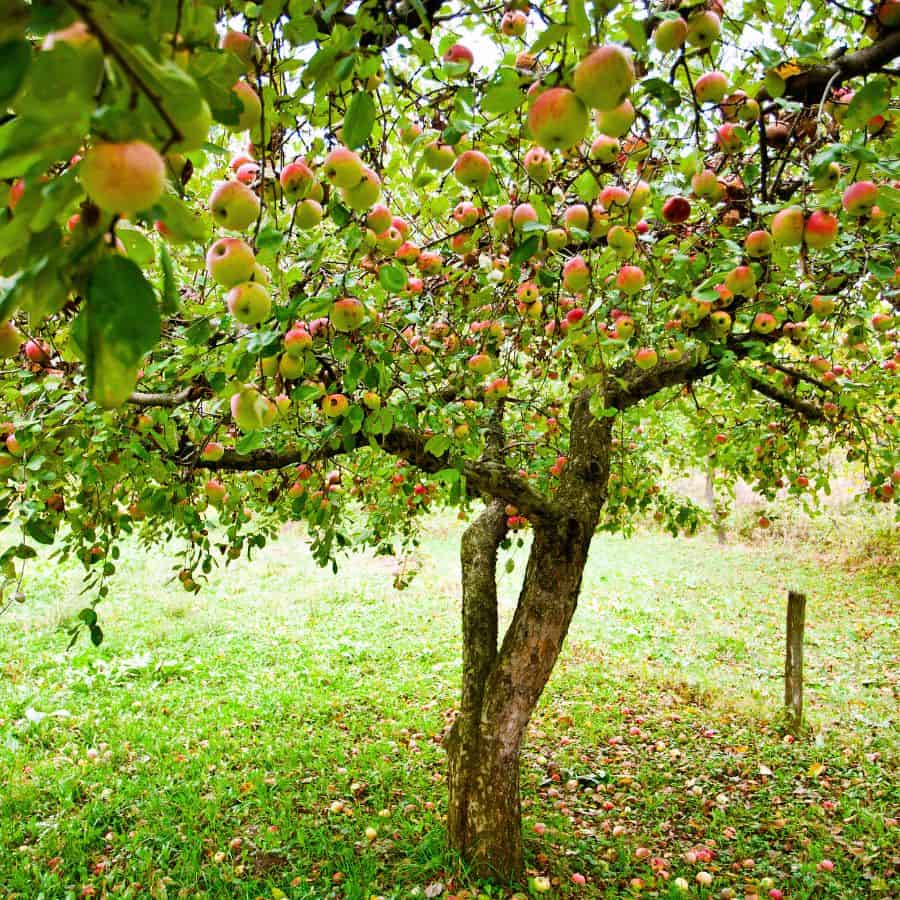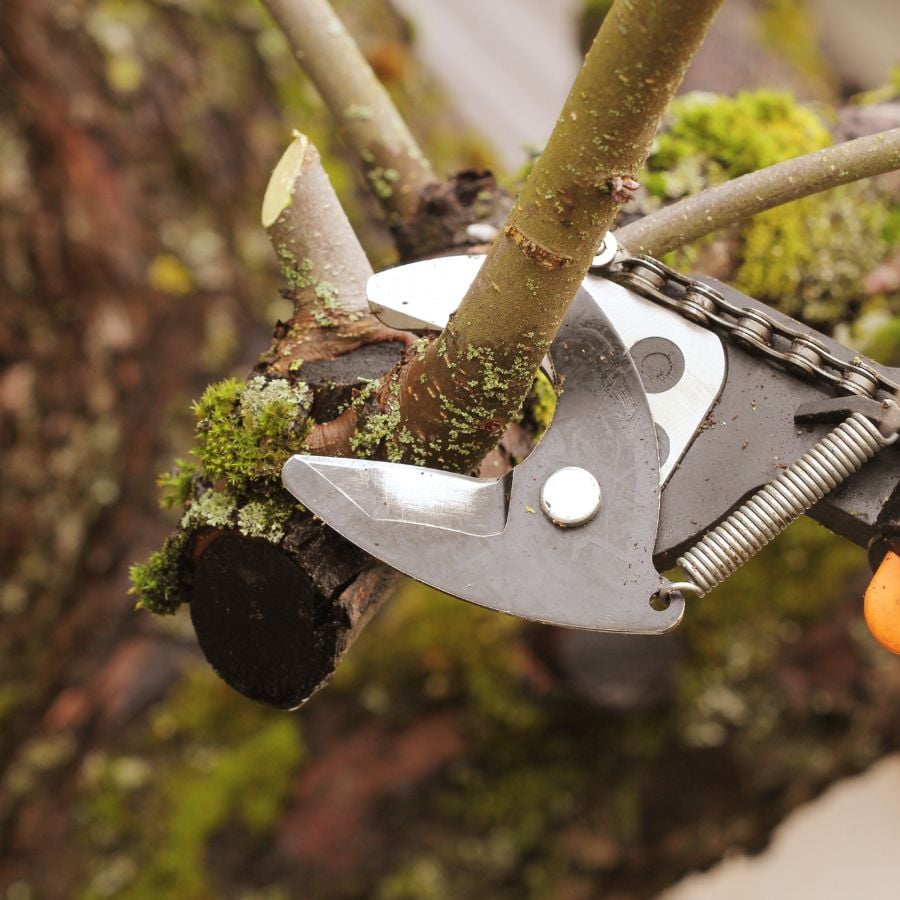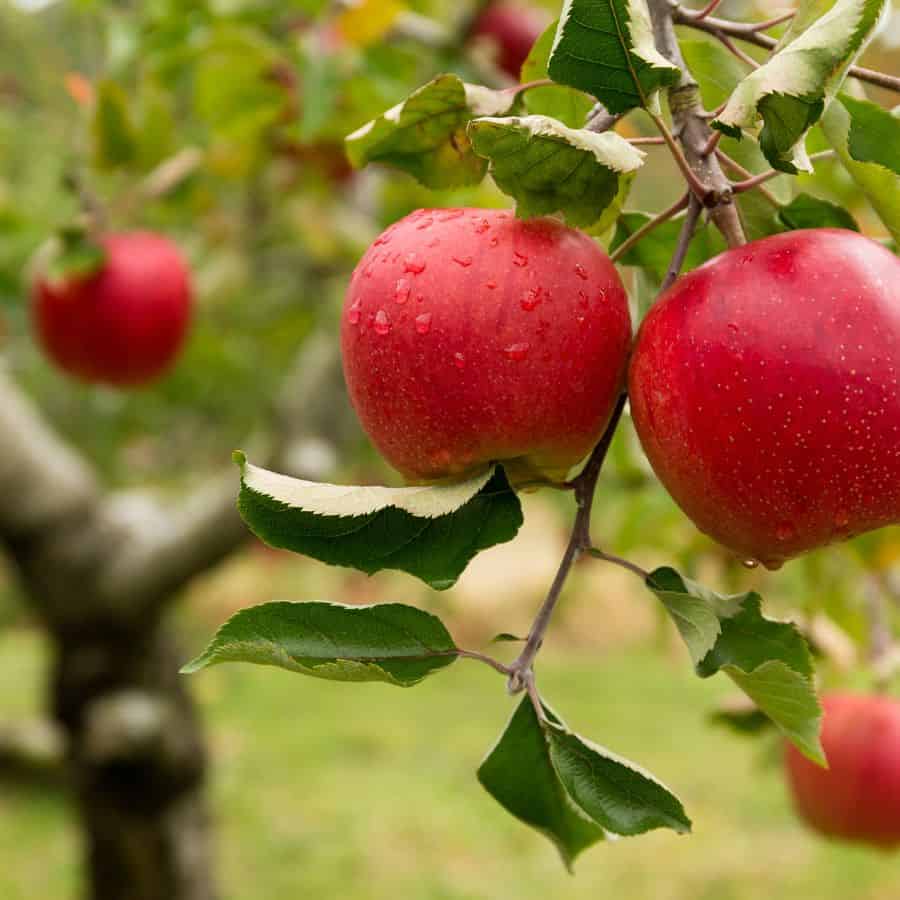Let me guess. You’ve managed to keep an apple tree alive (congrats!), but now you’re staring at it with pruning shears in hand, absolutely terrified of making the wrong cut. Been there!
The secret most plant experts won’t tell you is that proper pruning is the difference between a sad twig that produces three apples and a glorious fruit factory in your backyard.
Why Your Apple Tree is Desperately Begging for a Trim
Forget what you’ve heard about pruning being “just for looks.” While your tree will certainly look more Instagram-worthy after a good trim, the real magic happens beneath the surface.
Pruning isn’t just cosmetic surgery for plants. It’s life support. Did you know that an unpruned apple tree can produce up to 85% smaller fruit compared to a properly pruned one? That statistic shocked me when I first learned it!

When you remove weak, dead, or crossing branches, you’re essentially:
- Reducing stress on your tree (yes, plants get stressed too!)
- Improving air circulation to prevent fungal diseases that can devastate your harvest
- Redirecting energy to fruit production instead of maintaining useless branches
- Training your tree to grow in a way that makes harvesting easier
Think of pruning like editing a book. You’re not just cutting words, you’re making the story stronger. Your tree will thank you with a spectacular harvest!
Timing Is Everything: When to Make the Cut
Most people make this mistake with their apple trees: pruning at the completely wrong time! This isn’t a random garden task you do whenever you feel inspired.
The absolute best time to grab those shears is during late winter to early spring, when your tree is still dormant but the harshest cold has passed. This is akin to performing surgery while the patient is asleep, resulting in minimal shock and a faster recovery.
Why this timing? The tree won’t waste energy healing cuts when it should be focusing on spring growth. Plus, without leaves, you can actually see what you’re doing! (Revolutionary concept, I know.)
Your 5-Step Pruning Transformation Plan
Ready to transform that overgrown mess into a flourishing fruit machine? Let’s break this down into manageable steps even a complete beginner can master:
1. Gear Up Like You Mean It
Your tools make or break your pruning success. You’ll need:
- Sharp pruning shears for branches under ½ inch
- Loppers for medium branches up to 2 inches
- Pruning saw for anything larger (the big boys)
- Gloves to keep your hands splinter-free
Pro tip: Clean your tools with rubbing alcohol between cuts. Your tree’s immune system isn’t as robust as you think!
2. The Art of Observation (Don’t Touch Those Shears Yet!)
The game-changer for your apple tree isn’t what you think. Before making a single cut, stand back and just… look. Channel your inner tree whisperer.
Identify the densest areas where branches are playing Twister with each other. Spot any dead, diseased, or damaged limbs (the “3 Ds” of pruning). This reconnaissance mission prevents regrettable impulse cuts.
3. The Strategic Strike
Now comes the transformation! Start with the obvious candidates:
- Any dead or diseased branches (they’re just parasites stealing nutrients)
- Branches growing inward toward the center (they’ll never see sunlight)
- Crossing branches that rub against each other (friction leads to wounds)
- Water sprouts and suckers (those straight-up shoots that drain energy)

Make clean cuts just above the connection of a bud or branch. Cutting at random points is like giving your tree a mullet, and nobody wants that.
4. Shape the Future
Your apple tree is trying to tell you something important with its growth pattern. Listen to it, then gently guide it toward a more productive shape.
Aim for an open center or “vase” shape that allows sunlight to reach all branches. This isn’t just for looks. It’s like installing skylights in your tree’s home, ensuring every leaf gets the light it craves.
5. Aftercare: Don’t Just Cut and Run
Once you’ve finished your pruning masterpiece, give your tree a deep drink of water. Then monitor it over the coming weeks like a helicopter parent. This critical recovery period sets the stage for explosive spring growth.
The Deadly Sins of Apple Tree Pruning
I was shocked to discover that most apple trees suffer not from too little pruning but from well-intentioned massacre. Avoid these pruning crimes:
- Over-pruning: Never remove more than 25% of the tree in one season. Your tree isn’t competing on an extreme makeover show.
- Jagged cuts: They’re like open wounds that invite disease. Make clean, angled cuts.
- Stub cutting: Leaving branch “stumps” creates dying tissues that attract pests. Cut close, but not flush.
- Using dirty tools: Would you want surgery with rusty instruments? Neither does your tree.
- Pruning during active growth: This is like interrupting someone’s meal to make them exercise. Rude and counterproductive.
The difference between amateur and pro plant parents is simply patience and observation. Your tree has a plan; work with it, not against it.
Your Pruning Confidence Starts Now
Remember, your apple tree is incredibly forgiving. Even if you make a less-than-perfect cut, it will likely recover and thrive. What kills trees isn’t occasional mistakes. It’s complete neglect.

Start small, observe the results, and build your confidence. Before you know it, you’ll be the pruning guru your neighbors come to for advice. And your reward? The most vibrant, productive apple tree on the block.
Now go grab those pruning shears—your tree’s glow-up is waiting!